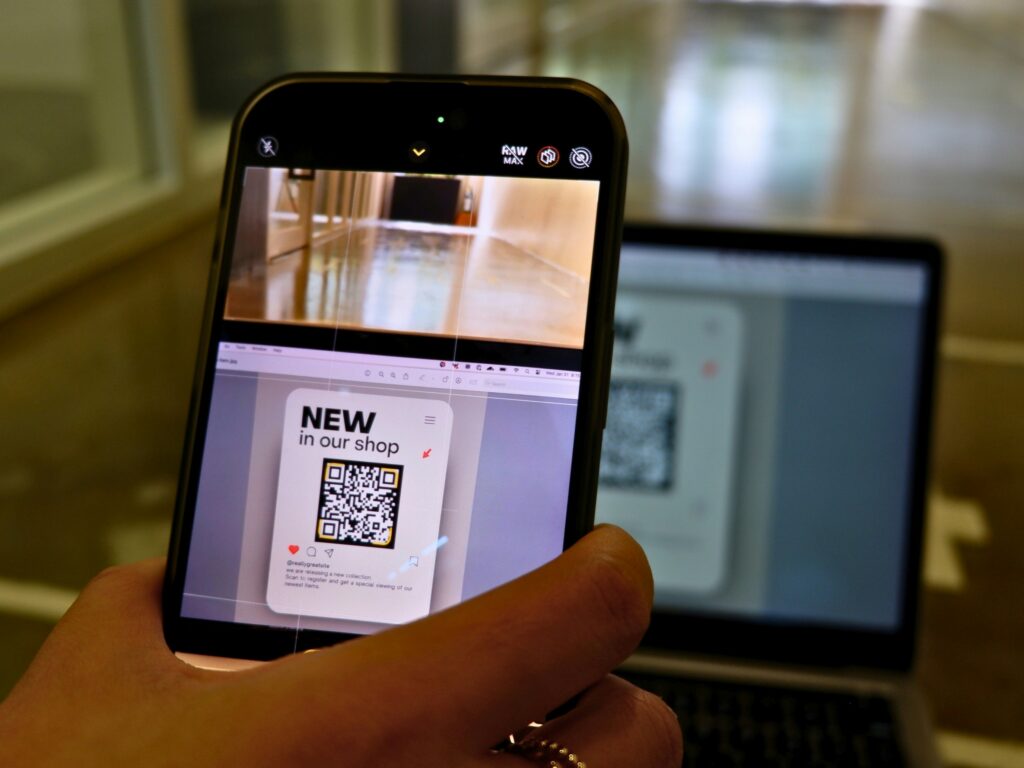Customers are more likely to purchase items from a website that has content in their native language.
According to a survey by Common Sense Advisory, 55% of 3,002 respondents prefer to buy from websites where information is presented in their native language. This preference becomes even stronger among individuals with limited English proficiency, with 80% or more favoring websites in their mother tongue.
Interestingly, while most countries show a preference for purchasing from websites in their native languages, China has a 54% preference in this regard.
Language as a Key to Increased Sales
Language plays a crucial role in boosting sales and improving conversion rates on a website. When a website features content in the native language of its target audience, such as Chinese for customers in China, it offers three key advantages:
- Functionality: Ensures the website is user-friendly and accessible to Chinese-speaking customers.
- Optimal Use: Provides a seamless browsing experience, making it easier for users to navigate and interact with the content.
- Conversion: Increases the likelihood of making sales by catering to the specific needs and preferences of the local audience.
Key Takeaways from Global Companies’ Chinese Websites
By observing the Chinese websites of global companies, we can gather valuable insights that can be applied to your next website translation project. These examples show the importance of adapting your site for Chinese customers, ensuring that your content resonates with the local audience and aligns with their preferences.
1 What are the specific details on localized payment methods?
Louis Vuitton is not just selling luxury brands. For more detailed information, visit Louis Vuitton’s official website.A localized Chinese e-commerce website of the brand is also keen to explain in detail—written in Simplified Chinese—about the Payment Method. Alipay and WeChatPay are the two most popular mobile payments among Chinese customers. Instructions for bank transfer are also provided with step-by-step guide and verification of the customer’s identity in case they want to pick the item in the store.
💡How to attract chinese customers on website
Did you know China dominates the mobile payment industry with a record of US$12.8 trillion in transactions?
2 How can technical content be effectively translated and localized for the Chinese market?
Tesla’s order now page for every unit comes with a price tag and translated texts in Chinese—line by line—and specifications were not spared. A website that genuinely conveys what the buyer needs, especially the information they need including payment terms and specs of the unit, is a delightful read for the customer.
The secret is to translate and localize the important content they need to know. To delight Chinese customers, it means providing everything they need before purchasing.
🏅Chinese translation quick wins
According to Common Sense Advisory, “The companies that translated information to communicate with and retain their partners were 2.67 times more likely to experience revenue increases. They were also 2.6 times more likely to generate improved profits.”
3 How can intentional sign-ins and opt-ins be integrated with Chinese social media platforms?
Dior knows the importance of WeChat and Alipay integration into the Chinese website. Creating a new account or signing-in should be so easy for the shopper that it will only take a few seconds via QR code to login or access the account and even the shopping cart.
A customer can create a new account by filling in his mobile number, the most common and efficient way to opt-in a visitor. Global brands like Dior always consider that mobile and social media platforms are inseparable for Chinese customers.
📌Did you know Chinese customers are not keen on using email addresses for opt-ins? If you want to opt-in a customer, providing a form with his mobile number or integrating a WeChat QR code scan is a sure win. Almost everyone is using WeChat and scanning codes to subscribe on a website or e-commerce platform.
4 Contact Us or Support button is connected to WeChat
Michael Kors: A Luxury Brand’s Success in China’s Digital Landscape
As one of the most famous luxury brands in China, Michael Kors stays connected with its customers by actively engaging on Chinese social media platforms such as Weibo, WeChat, and Youku. This helps the brand maintain its online presence and interact with the Chinese audience.
Quick Win on the Chinese Website: Easy Access to Customer Support
One of the standout features on Michael Kors’ Chinese website is the “Contact Us” button, which is prominently displayed at the top of the page. This makes it easy for users to reach out for support. When users hover over the button, a QR code appears that allows them to scan and immediately connect with a “Fashion Consultant” on WeChat.
The Power of WeChat Messaging
Did you know that brands can use WeChat messaging to directly chat with customers or leave voice notes? This feature allows brands to provide instant support, making the customer experience more personal and efficient. The use of a QR code is a key part of this system, offering easy opt-in for customer support.

QR Code: An Essential Element for Chinese Websites
In China, QR codes have many uses, and as an opt-in tool for customer support, they have become an essential feature on Chinese websites. This simple yet effective technology enhances user experience and provides a seamless way for customers to engage with brands.
Need Help with Website Translation and Localization?
If you need assistance with creating a custom website translation and localization for your business, don’t hesitate to click the banner below and contact our team for a free consultation. We can help ensure your website resonates with your target audience in China.
